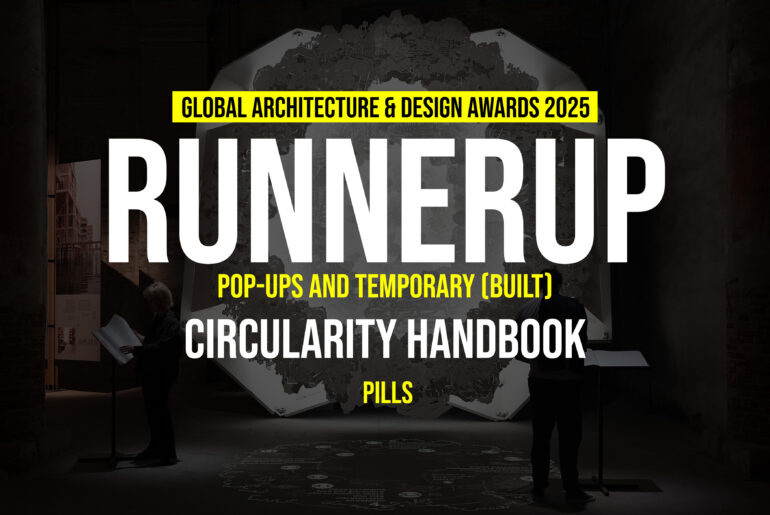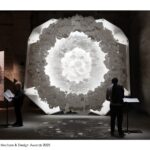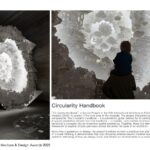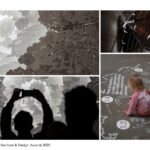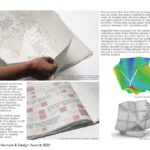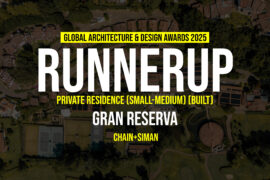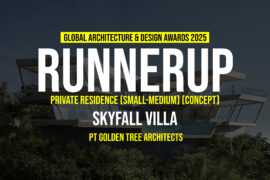“Circularity Handbook”, a Special Project of the 19th International Architecture Exhibition – La Biennale di Venezia (2025), is located in the core area of the Arsenale. The project integrates two complementary components: The Circularity Handbook – a sustainability guide tailored for all participants of the Biennale; A spatial installation derived from the handbook – a modular, demountable structure that translates the handbook’s concepts into an immersive spatial experience. Together, these two elements form a cohesive framework to explore circular pathways across the entire life cycle of an exhibition.
Global Design & Architecture Design Awards 2025
Second Award | Pop-ups and Temporary (Built)
Project Name: Circularity Handbook
Category: Pop-ups and Temporary (Built)
Studio Name: PILLS
Design Team: PILLS / Zigeng Wang, Canqi Mu, Yuqing Ren
Area: 35㎡
Year: 2025
Location: Arsenale, Venice, Metropolitan City of Venice, Italy
Photography Credits: Zigeng Wang, Rui Feng, Suhenda Demir
Other Credits:
Participants: PILLS, JIN ARTS, typo_d, Archi-Neering-Design/AND Office, Róng Design Library, Valeria Tatano, Massimiliano Condotta, Xiaoqing Cui, Zhengwei Tang
Lighting Design: HDA Shenzhen Handu Lighting Design Consultant Co.
Interactive Multimedia Design: MOUJITI ART+TECH
Construction: We Exhibit srl
Transportation: Trojans Art Services Co., Ltd
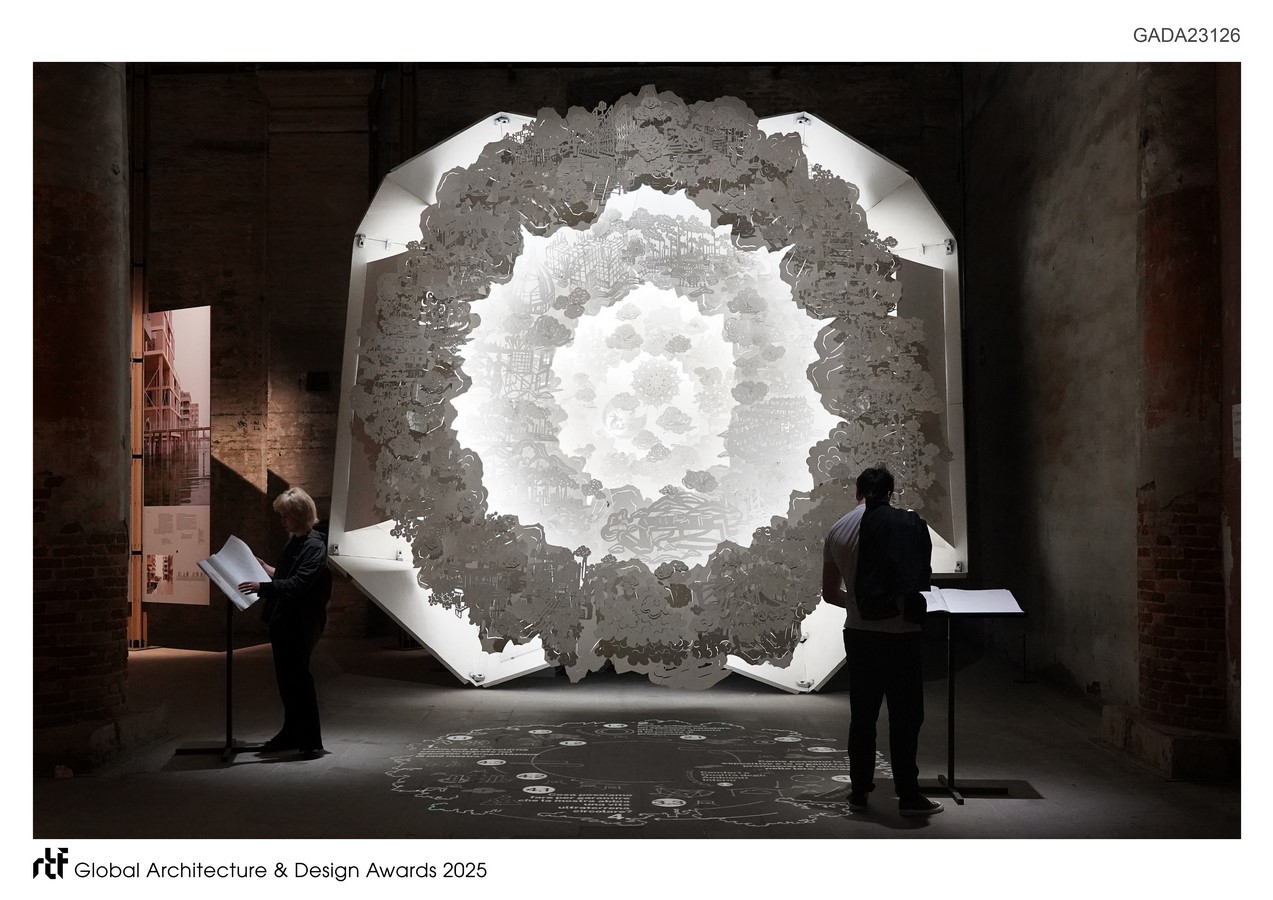
The handbook is structured around four key stages of an exhibition – design, construction, use, and end-of-life – and poses critical questions while offering strategies to shift from linear to circular practices. Real-world case studies ground its insights, and an evolving online index documents local material suppliers, manufacturers, and upcycling partners, envisioned as a community-driven resource for future exhibitions. The printed handbook’s vertical layout merges Eastern and Western content structures. Case study links appear as QR codes embedded like red stamps in traditional Chinese manuscripts. Printed on seed-embedded xuan paper (traditional Chinese paper), the book can decompose into the soil – a material response to the circular theme.
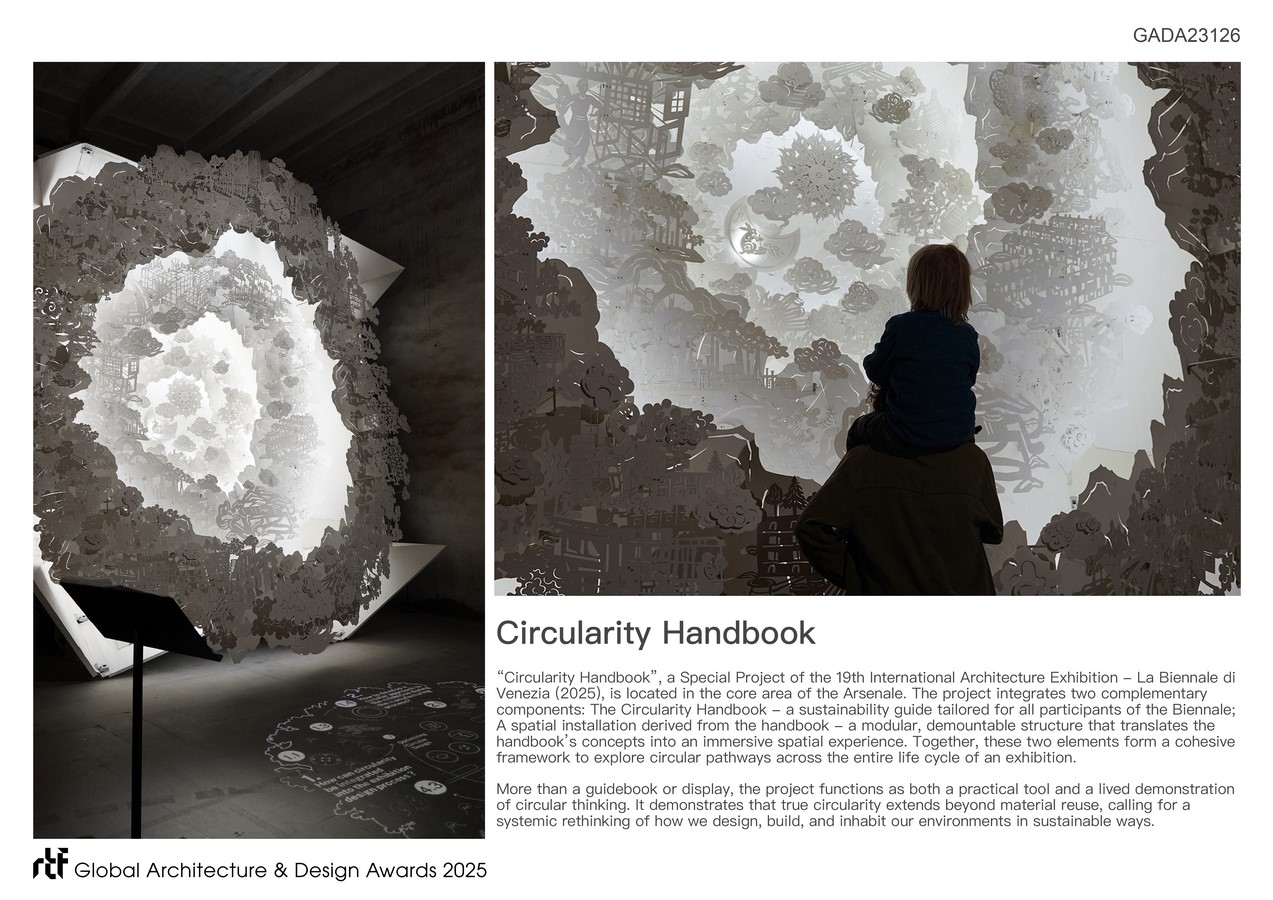
Drawing inspiration from lifecycle philosophy and the form of pop-up books, the spatial installation extends the handbook’s ideas. Its foldable main structure allows efficient transportation and rapid assembly while ensuring full recyclability after the exhibition. Photovoltaic panels power lighting and mechanical systems, forming a self-sustaining cycle. Organized chronologically from the center outward, the installation spans three historical periods reflecting cycles of design and construction within diverse technological contexts. Its circular layout is divided into four quadrants, each corresponding to one of the handbook’s chapters. The outermost ring presents case studies and speculative visions, further decoded through an interactive ground projection, creating a dynamic bridge between the printed handbook and the spatial installation and inviting visitors to actively engage with the content.
- Content Research and Systematic Framework: The handbook organizes key questions across the full life cycle of an exhibition, providing actionable guidance through case studies and strategies; it also establishes an appendix index documenting local material suppliers, manufacturers, and reuse resources, forming an evolving, community-driven reference.
- Material and Concept Innovation: The printed handbook merges traditional Chinese materials and calligraphic form with embedded seeds, creating a tangible, sustainable artifact.
- Modular, Demountable Installation: Foldable design ensures efficient transport, minimal waste, and full recyclability.
- Immersive and Interactive: Ground projections and spatial sequences translate abstract ideas into a participatory, experiential environment, with some patterns within the installation dynamically moving to enhance engagement.
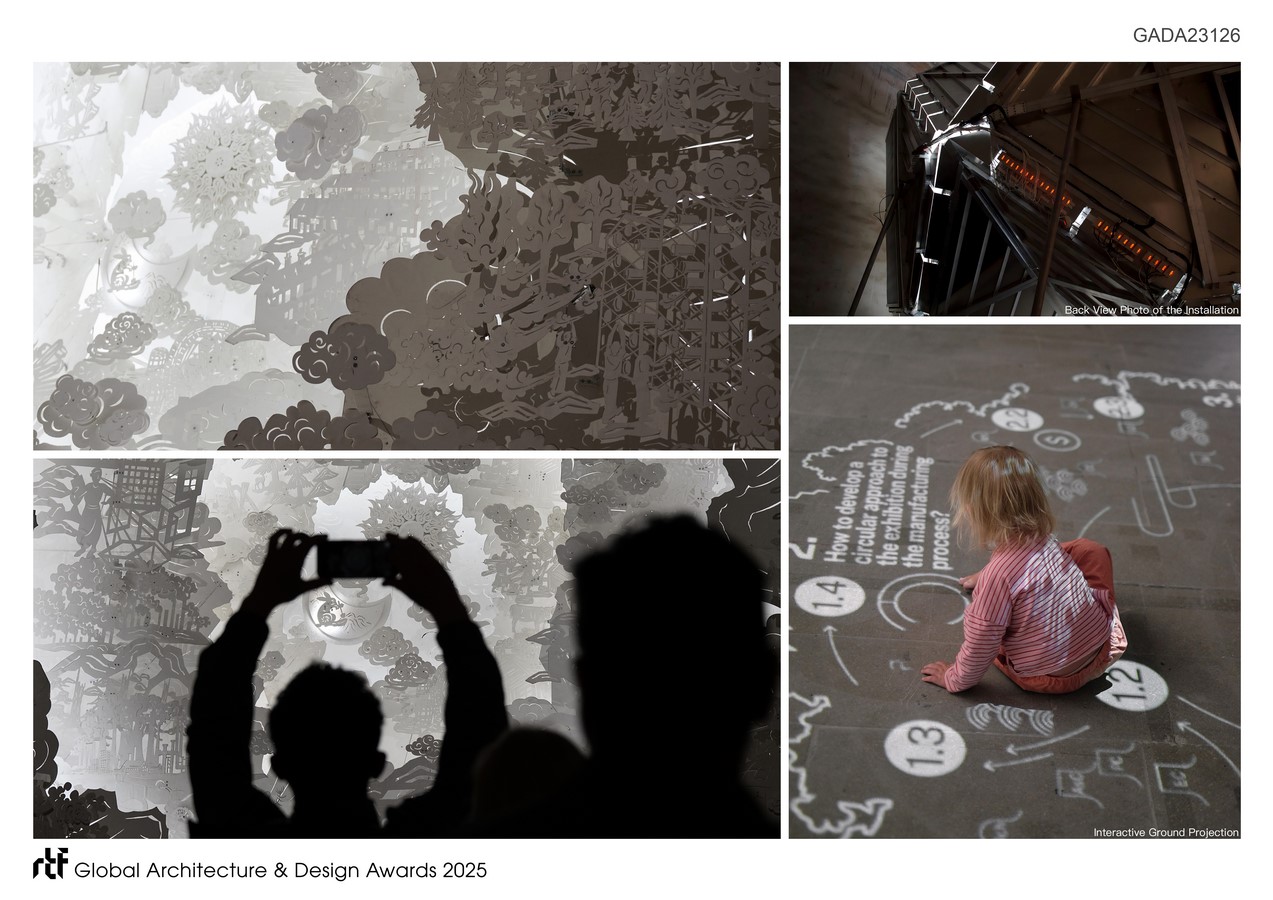
“Circularity Handbook” is the result of an interdisciplinary collaboration, bringing together architects, scholars, visual artists, structural engineers, and interactive multimedia designers, among others. More than a guidebook or display, the project functions as both a practical tool and a lived demonstration of circular thinking. It demonstrates that true circularity extends beyond material reuse, calling for a systemic rethinking of how we design, build, and inhabit our environments in sustainable ways.

